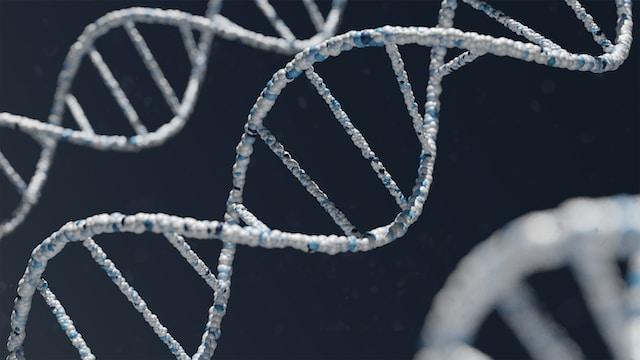
DNA (deoxyribonucleic acid) is a remarkable molecule that carries genetic information in all living organisms. It serves as the blueprint for the development, functioning, and reproduction of life. The discovery of DNA’s structure by James Watson and Francis Crick in 1953 marked a milestone in science, revolutionizing our understanding of genetics and paving the way for advancements in various fields. While many people have a basic understanding of DNA, there are several lesser-known facts about this fascinating molecule. In this blog post, we will delve into unknown facts about DNA, shedding light on its intricacies and importance in the world of genetics.
DNA’s Length and Compactness
If you were to stretch out the DNA molecules in a single human cell, it would measure approximately two meters in length. Considering the trillions of cells in the human body, the total length of DNA in a single individual would exceed the distance from the Earth to the Sun and back multiple times. However, to fit within the confines of the cell nucleus, DNA is intricately coiled and packaged into structures called chromosomes, resulting in a highly compact arrangement.
DNA Replication Errors and Proofreading
During DNA replication, errors can occasionally occur, resulting in mutations. However, DNA possesses an incredible mechanism called proofreading, which allows it to correct most replication errors. Specialized enzymes detect and remove incorrect base pairs, ensuring the fidelity and accuracy of DNA replication. DNA replication is essential for reproduction.
Non-Coding DNA’s Importance
Only a small fraction of DNA actually codes for proteins. The remaining portion, once dismissed as “junk DNA,” is now recognized for its regulatory roles and other functions. Non-coding DNA contains elements that control gene expression, provide structural support, and contribute to the fact that DNA is gene therapy.
DNA’s Resilience
DNA is an incredibly robust molecule, capable of withstanding various harsh conditions. It can endure extreme temperatures, strong acids or bases, and even exposure to radiation. This resilience allows DNA to preserve genetic information over long periods, aiding in the study of ancient DNA and genetic heritage.
DNA Repair Mechanisms
To ensure the integrity of genetic information, cells possess intricate DNA repair mechanisms. These mechanisms can detect and correct damage caused by environmental factors, chemical agents, and radiation. Without such repair mechanisms, mutations could accumulate, leading to various genetic disorders and diseases.
Telomeres and Cellular Aging
Telomeres are specialized structures located at the ends of chromosomes. They consist of repetitive DNA sequences and play a crucial role in preserving genomic stability. However, with each cell division, telomeres gradually shorten. This shortening is associated with cellular aging and has implications for the development of age-related diseases.
DNA Barcoding for Species Identification
DNA barcoding is a technique used in taxonomy and biodiversity research. By analyzing specific regions of DNA, scientists can identify and distinguish different species, even when they appear morphologically similar. This method has revolutionized species identification and conservation efforts.
Conclusion
DNA stands as one of the most remarkable molecules in existence, carrying the instructions for life and holding the key to understanding our genetic heritage. As technology advances, our knowledge of DNA will undoubtedly expand, uncovering even more intriguing and unknown facets of this extraordinary molecule.





